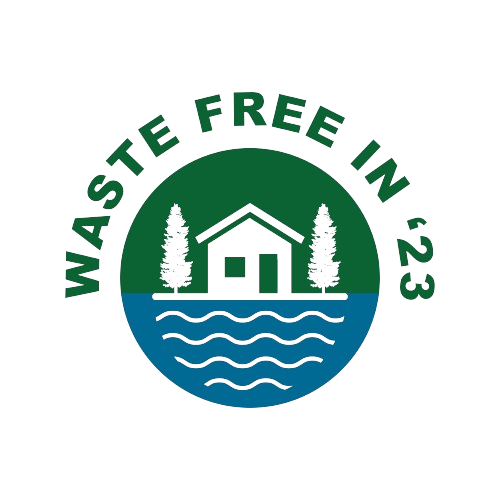Black Soldier Fly (BSFL) Overview

The Black Soldier Fly Larvae (BSFL), scientifically known as Hermetia illucens, have emerged as a remarkable solution for addressing both food security and organic waste management. Let’s explore their role in sustainable protein production and waste reduction:
Cultivating Black Soldier Fly Larvae: A Practical Approach and Step by Step Guide
Habitat Setup:
Step 1. Choose a container or bin with proper ventilation. It can be a plastic tub, wooden box, or any suitable enclosure.
Step 2. Create a substrate layer using organic waste (e.g., kitchen scraps, vegetable peels, manure). BSFL lay their eggs on this substrate.


Egg Laying and Hatching:
Step 3. Allow adult BSFL to lay eggs on the substrate.
Step 4. Eggs hatch into tiny larvae within a few days. Maintain optimal temperature (around 77°F or 25°C) and humidity (around 70%).
Feeding and Growth:
Step 5. Provide organic waste regularly. BSFL consume it voraciously.
Step 6. BSFL go through multiple molts (instars) as they grow. Ensure a continuous supply of food


Harvesting:
Step 7. When the larvae are mature (usually after 14-20 days), they crawl out of the substrate.
Step 8. Collect the larvae for chicken feed or other purposes.
Processing for Chicken Feed:
Step 9,
- Drying: Sun-dry the harvested larvae to reduce moisture content.
- Grinding: Grind the dried larvae into a fine powder. This can be mixed with other feed ingredients.
- Storage: Store the BSFL meal in a cool, dark place to maintain nutritional quality.
Feeding Chickens:
Lastly,
- Gradual Introduction: Start by mixing small amounts of BSFL meal with their regular feed.
- Monitor: Observe chicken consumption and health. Gradually increase BSFL quantities up to 20% of their feed.
- Adjust: Adjust the ratio based on flock preferences and performance.
